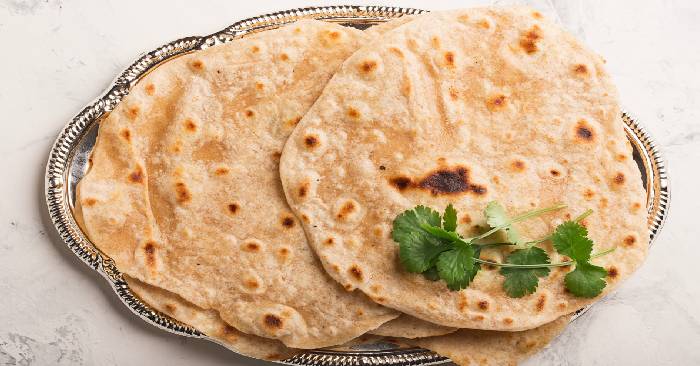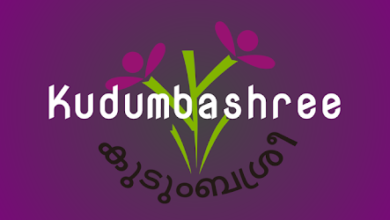Celebrating 100 Years: The Journey of Chapati to Kerala and Its Link with Vaikom Satyagraha

In Kerala, it has been a century since Chapati became part of the culinary culture, thanks to its association with the Vaikom Satyagraha, a movement aimed at abolishing untouchability. Sikhs, who supported the Satyagraha, introduced the tradition of making and serving Chapatis, which was novel to Kerala at the time.
To mark this milestone, a group in Mavelikara, led by the literary organization “Katha” under the leadership of K K Sudhakaran and Regi Parappuram, is hosting a celebration at Mavelikkara Raja Ravi Varma College of Fine Arts. The event will feature Chapati served with Sikhs’ preferred dal and curd salad, with Raja Virendra Singh from Ludhiana as the chief guest.
The roots of Chapati’s arrival can be traced back to the Akali group, instrumental in reforming Sikh Gurdwaras, who participated in the Satyagraha in Vaikom. Sardar K M Panicker, a Malayali serving as Minister of Patiala State, played a crucial role in introducing the Sikh leaders to the Vaikom Satyagraha.
Observing the Satyagrahis’ food shortages, the King of Patiala sent three ships loaded with wheat to Kochi, managed by the Shiromani Gurdwara Parbandhak Committee. The Chapatis made by the Akalis, who arrived in Kerala on April 29, 1924, gained popularity among Malayalis. They later adapted the recipe by baking Chapatis with coconut oil instead of mustard oil to suit local tastes. Although Mahatma Gandhi advised against Satyagrahis using aid from the Akali food court to avoid being seen as accepting charity, the Akalis insisted on keeping it open until instructed otherwise by the Gurdwara Committee.
Upon learning of the Committee’s decision to close the food court, the Akalis reluctantly returned to Punjab. However, Kerala’s affinity for Chapati persists, preserving its preparation methods and distinct flavor.






